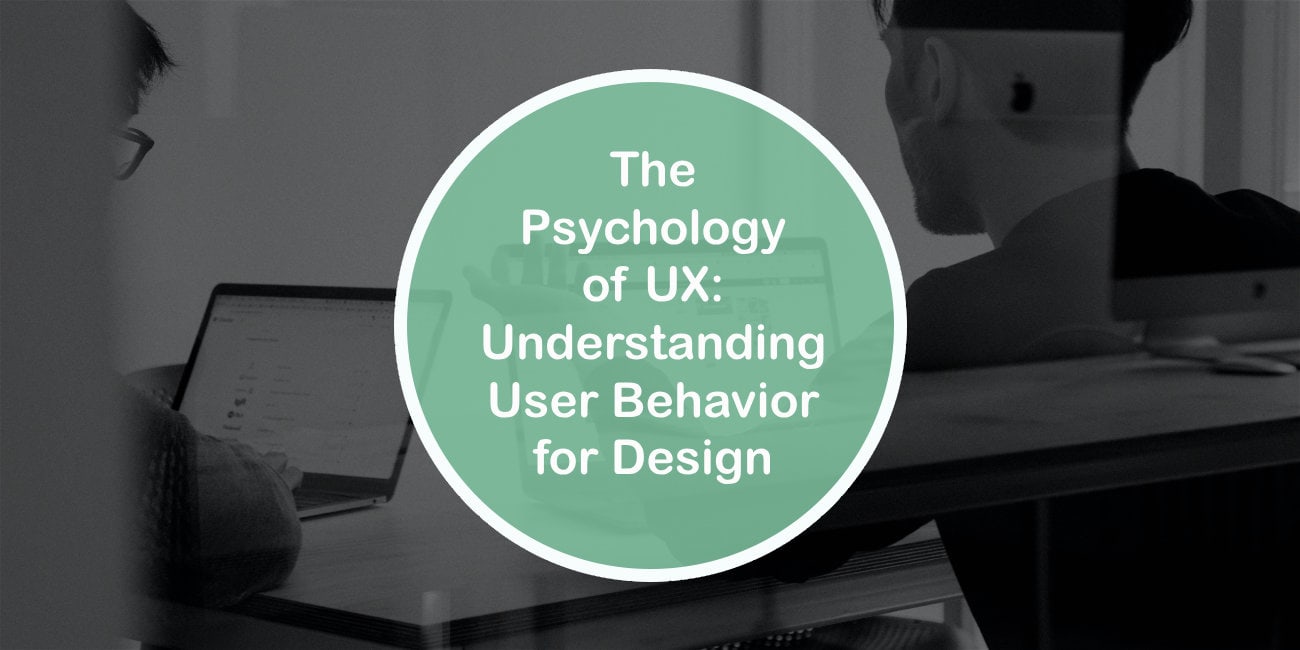Understanding the human element in user experience (UX) design is key to developing products that people will love, and that lead to the outcomes the developer or business wants. Understanding how people interact with and use products and how their emotions and decisions can be influenced by their design is the difference between a successful product and one that people exit after using for a short while. While the psychology of UX design and user experience designers is a wide topic, knowing its most crucial principles will help you design better products.

The Principle of Least Effort
Research has shown that most people will take the path of least resistance or effort if available. It is why we take the shortest path even though a longer path would be better.
When designing a user interface, you should consider which actions require the least effort while leading to the correct destination or outcome. Designers, developers, and businesses should never guess what path a user will take but should know it before designing a user interface.
Conducting user research will tell you everything you need to know about how users will behave under specific circumstances. For the best outcomes, you can use a UX research template to organize the research process and the data collected during the exercise. You can then use the collected data to guide your UX design process.
The Principle of Habitual Patterns
Humans are habitual in that they rely on their habits and memory when completing tasks. For this reason, we want things to be where we want them and to work how we expect. Disrupting common and accepted UX patterns will leave your users confused. Because they do not want to expend energy and time learning new patterns, they will leave the product.
Designers often break this principle when they want their products to stand out. However, it can be argued that users remaining on the app and using it is more important, so it is not worth changing things around and risking them leaving.
The Principle of Obvious Benefits
People often ask what they would benefit from doing something without realizing it. While it is an unconscious occurrence, it still influences how they behave. Designers should leverage this by ensuring the benefits are obvious as soon as the user interacts with their product. For example, it should be clear how the app or using it solves a problem, fulfills a need, or helps them feel better about themselves or their situation.
Designers should always be thinking about their users’ core needs and ways to meet them. Creating multiple touchpoints that emphasize the benefits and ensuring they are clear throughout the app will lead to better outcomes.

The Principle of Emotional Association
People want a sense of belonging and association, which is why they choose specific brands over others. To leverage this psychological principle, create a strong brand identity that resonates through the app and your other assets. Use stories and images of people in the same situation to create emotional associations and show you care about your users by providing feedback and reassurance through your app.
Understanding the psychology of UX design will help you create products that users want to use regularly and that they are drawn to even when they do not know why. It will also help you guide users and their emotions so that they get the most out of your product and help it achieve its goals and objectives.

